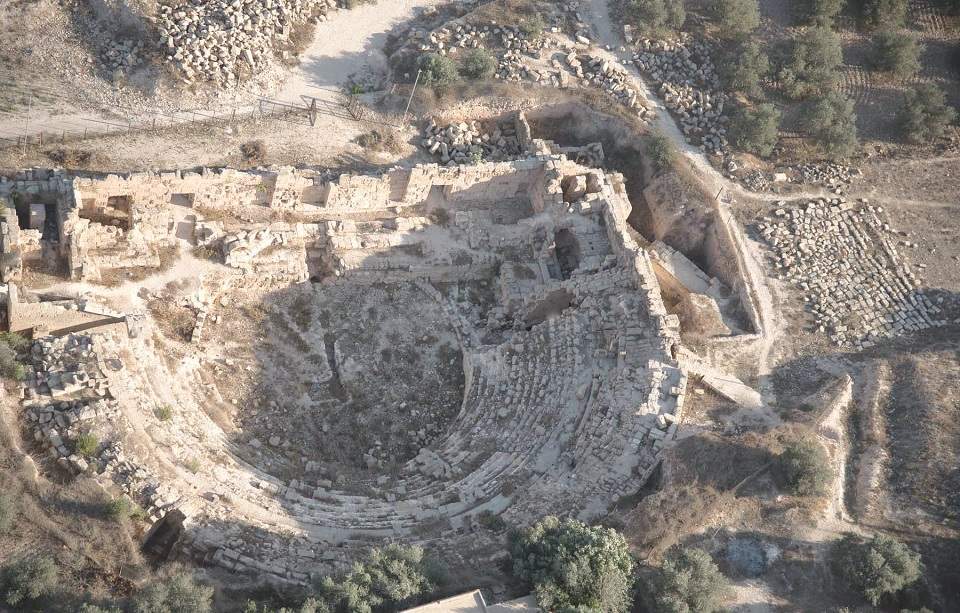AMMAN — The modern day town of Beit Ras, 90km north of
Amman in Irbid Governorate, is the site of an important ancient city that saw its heyday during the
Roman era, when it was known as Capitolias.
اضافة اعلان
Capitolias was one of the cities of the Decapolis, a league of 10 cities in Jordan, Syria, and Palestine that shared language, culture, and political status.
The exact number of the cities in the Decapolis varies according to historians; they generally include Gerasa (Jerash), Philadelphia (Amman), Capitolias (Beit Ras), Gadara (
Umm Qais), Pella (Tabaqat Fahel), Abila (Queilbeh), Damascus, Canatha, Hippos, and Scythopolis. The first six of which are in Jordan.
Capitolias flourished during the Roman era, but was also an important bishopric during the Byzantine period and a city with close ties to
Damascus, the capital of the Umayyads in the early Islamic era.
The city was mentioned by some of the most renowned Arab poets such as Hassan Ibn Thabit, who was a companion of the Prophet Muhammad. Ibn Thabit mentioned Beit Ras in his poem that he wrote after the conquest of Mecca in 630 AD.
In his poem, Ibn Thabit mentions the wine that was made in Beit Ras, as this city was famous for its wine that Arabs used to import before Islam.
The town’s current name of Beit Ras is of Aramaic origins. It consists of two words “Beit” which means house, and “Ras” interpreted as high place.
During the Roman era, the name was changed into Capitolias, for the Roman deity known as Jupiter Capitolinus.
The city was located on the main road connecting the Red Sea to Syria, which at the time was called “Via Triajana Nova” which translates to “Trajan’s new road,” referring to Roman Emperor Trajan.
Among the still visible ancient Roman monuments in the town is the theater which consists of two stories. The lower story was built into the side of a hill, while the upper story was built on top of sub-terranean vaults. The theater, which seated 3,000 spectators, was built from local limestone and basalt.
 (Photo: Flickr)
(Photo: Flickr)
The city’s temple is named after Capitoline Triad, a trinity of Roman deities that include Jupiter, Juno, and Minerva. The town was fortified by a wall which had three gates, traces of which can still be seen.
Planned originally as a Roman city, Beit Ras had a paved colonnaded street and a marketplace with several shop.
During the Byzantine era, Beit Ras was an important Christian city. Its bishops participated in the councils of Jerusalem, Nicaea, and Chalcedon. Three churches were erected there during the fifth and seventh centuries.
Beit Ras fell under Muslim rule in the seventh century and continued to be an important city because of its proximity to Damascus, the capital of the Umayyad Dynasty.
Not much is known about Beit Ras from the eighth century on except for a mention by the explorer Yaqut Al-Hamawi (1179–1229 AD), who described the vines grown there.
Nowadays, Beit Ras is known as the source of the highest quality olive oil in Jordan.
Read more Travel







